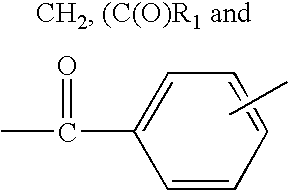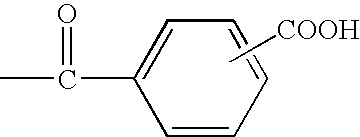Dust control composition
a technology of composition and dust control, applied in the direction of detergent composition, surface-active detergent composition, other chemical processes, etc., can solve the problem of preventing the deposition of dust on the substra
- Summary
- Abstract
- Description
- Claims
- Application Information
AI Technical Summary
Benefits of technology
Problems solved by technology
Method used
Image
Examples
example 1
[0026] The following compositions were made by simple mixing at 25° C.:
ABCD(wt. %)(wt. %)(wt. %)(wt. %)Sodium lauryl sulfate1111Ethanol3333Propylene glycol n-butyl ether1—1—Dipropylene glycol n-butyl ether—1—1Choline chloride0.050.05——Stepantex DN alkylolamine——0.050.05methosulfateFragrance0.050.050.050.05pH7.257.257.257.25(adjusted with hydrochloric acid)
Prevention of Dust Anchoring
[0027] Test Methodology:
[0028] Melaminated wood panes are used as model surface (15×20 cm2). 0.5 g of the product to test is applied on a half tile by wiping with a paper towel for about 15 strokes. The tile is let at rest 10 minutes for complete drying, and dusted with dust from a vacuum cleaner bag that is sifted and sprinkled above the sloped tile. If the treatment is effective, the dust does not remain on the treated part of the wood pane. 5 replicates are realized for each type of treatment. All the panes are submitted to a visual assessment. The score is given for the treated part, considering...
PUM
 Login to View More
Login to View More Abstract
Description
Claims
Application Information
 Login to View More
Login to View More - Generate Ideas
- Intellectual Property
- Life Sciences
- Materials
- Tech Scout
- Unparalleled Data Quality
- Higher Quality Content
- 60% Fewer Hallucinations
Browse by: Latest US Patents, China's latest patents, Technical Efficacy Thesaurus, Application Domain, Technology Topic, Popular Technical Reports.
© 2025 PatSnap. All rights reserved.Legal|Privacy policy|Modern Slavery Act Transparency Statement|Sitemap|About US| Contact US: help@patsnap.com


